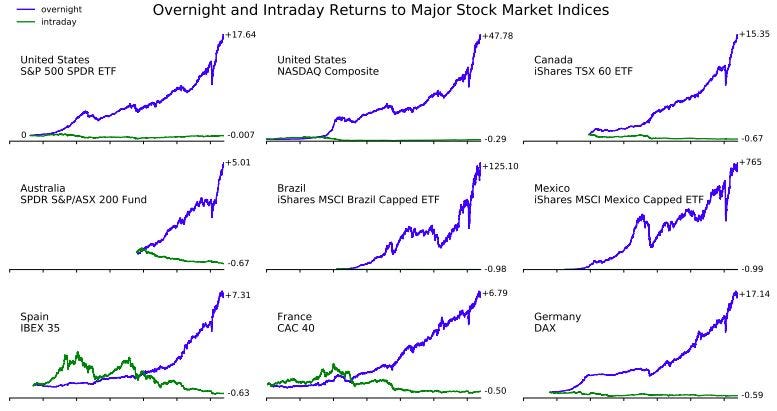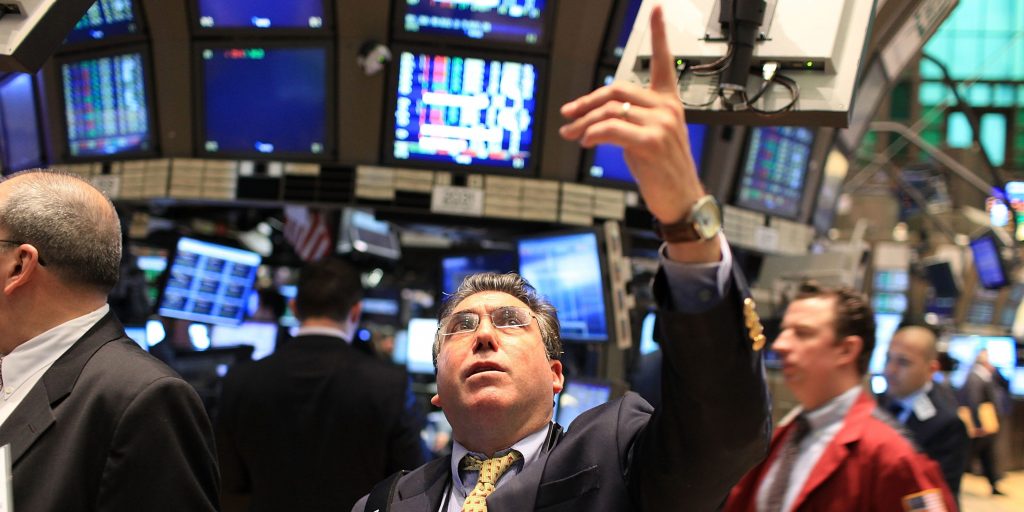- New ETFs from NightShares seek to exploit a little-known phenomenon in the stock market.
- The "night effect" references the strategy of buying the S&P 500 at the close and selling it at the next day's open every single day.
- Backtests of the strategy have shown historical outsized performance in various research papers.
A new ETF launch from NightShares seeks to exploit a little-known phenomenon in the stock market that has historically delivered outsized gains.
The NightShares 500 ETF seeks to replicate the strategy of buying the stock market at the 4 p.m. close, and then selling the position the next day at the stock market's 9:30 a.m. open. And then rinse and repeat, as the strategy doesn't hold exposure to the stock market during the bulk of its intraday trading hours.
A body of academic research has backed up the strategy, showing that most — if not all — of the stock market's gains over the past 30 years have been delivered during the overnight trading sessions rather than during the day.
Data from Bruce Knuteson, a former quant trader at D.E. Shaw, showed that from 1991 through 2021, the S&P 500's overnight session delivered a cumulative return of more than 1,700%, while the intraday sessions delivered a negative cumulative return. The phenomenon was also observed in international markets and several individual stocks.
"This remarkable pattern is robust, well established, undisputed, and easily reproducible. You can recreate all of the plots in this article using publicly available data," Knuteson said.
A New York Fed report from 2021 on the overnight effect said, "despite the 24 hour nature of the market, returns do not accrue linearly over the 24 hours."
Now NightShares wants to give investors an efficient way to take advantage of this backtested strategy.
But the ETFs won't actually be buying all stocks every evening and selling them the next morning as it would create a high level of transaction costs, according to NightShares. Instead, the strategies will utilize equity index futures and swaps to replicate the strategy.
NightShares created two ETFs: the NightShares 500 ETF, which trades the S&P 500, and the NightShares 2000 ETF, which trades the Russell 2000 small cap index. Both ETFs are listed on the New York Stock Exchange and have an annual expense ratio of 0.55%.
"Though the outperformance of overnight markets has been identified and documented by a large body of research for some time, until now there has not been a simple way for ETF investors to capture the value of this phenomenon," NightShares CEO Bruce Lavine said.

